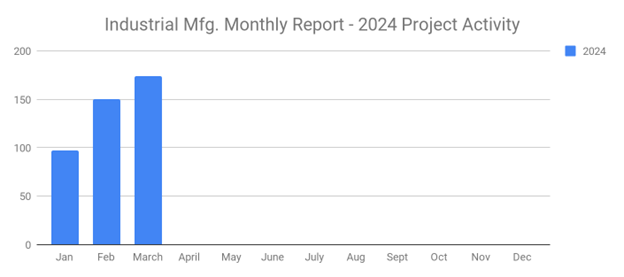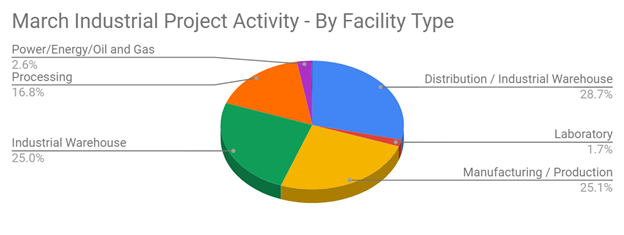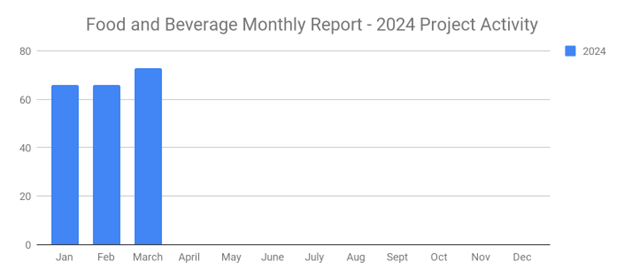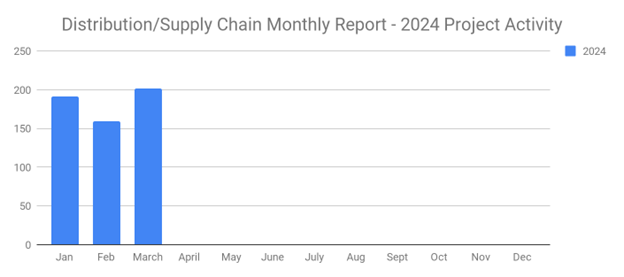-
Posted On Monday, January 09, 2017 by Robert Smith

The success of account-based sales development relies heavily on alignment with all teams, salespeople, marketing, and other business development functions. Unfortunately, this is an area where many business-to-business companies struggle to acheive true alignment. They work in segmented groups with little-to-no cross-collaboration, restricting their growth. Once you're able to align all of your teams, however, you can work more fluidly as a group to achieve a common goal of more qualified sales leads and faster revenue growth.
What is Account-Based Sales Development?
Before we begin, it's important to understand the definition of account-based sales development. While some companies have their own definition for the term, it generally refers to launching custom SDR(sales development rep)-focused lead generationand lead qualification campaigns towards specific accounts. This offers several benefits, some of which include the following:
- Improved customer satisfaction. Account-based sales development focuses on specific customer and prospect accounts, which usually translates into a higher level of satisfaction.
- Increases sales. Of course, engaging with prospects through account-based sales development is an effective tactic to generate more sales. Because the campaigns are targeted towards specific accounts, the prospect responds more strongly; thus, increasing sales for the company.
- Shorter cycle time. Using account-based sales development can even shorten the cycle time for your sales process.
According to a study conduced by TOPO, 72% of outbound sales teams already have account-based programs. Here's the kicker, though: the study found that only half of those teams are fully implementing their account-based programs. Like all sales strategy, account-based sales development requires time, patience and resources to implement. If you aren't willing to put forth the effort to implement it, you won't be able to reap the benefits it offers.
Account-Based Sales Development Requires a Team
Account-based sales development isn't a one-man sport. As such, it's nearly impossible for any single salesperson or team member to effectively utilize this strategy. Rather, all team members who play a role in the sales process should work together.
The marketers or SDR managers are often referred to as the coaches in account-based sales development; the account executive is referred to as the quarterback; and the salespersons are referred to as the players. Without everyone working together as a team, account-based sales development simply won't work. Sure, you may convert some prospects into paying customers, but the success of this widely used strategy relies heavily on alignment between the different team and workers in the sales process.
Marketing and Research Alignment
Marketing teams are often left in the dark regarding account data. And without access to prospects' data, they may struggle to create customized marketing campaigns that are tailored towards specific prospects. To overcome this burden, marketing and research teams should align, with the marketing team receiving all of the necessary data and information about prospects. This not only includes the location of accounts, industry, needs, etc; but also the stage in the sales funnel the prospect resides.
Customized Content
In addition to aligning teams, B2B companies should also create customized content that's tailored specifically for their prospects. There's a huge difference between generic and customized content, with the latter offering a higher level of customer engagement, satisfaction, and sales.
When content is created for a single prospect or customer, it's considered 100% personalized. This means it's made that prospect and that prospect only. There are different levels of customized content, however. If content is customized for a select few prospects, for instance, it's considered highly customized but not generic. On the other hand, broad content that's made for a large audience is generic content.
Conventional wisdom should lead you to believe that you'll get a stronger response by prospects when focusing your content generation efforts on 100% personalized content. In doing so, though, you should weigh the benefits versus the work. If you have a list of 1,000 prospects, creating a personalized piece of content for each isn't an easy task. Perhaps a more effective solution is to use highly customized content, which allows salespersons and B2B companies to create content for multiple prospects instead of just one.
Timeline for Account-Based Sales Development
While there's no cookie-cutter template you can follow for successful account-based sales development, a typical B2B company will spend the first 1-2 weeks organizing their data. Hopefully, you have some tools as your disposal to assist with this process, such as a customer relationship management (CRM) software and lead database.
In weeks 3-4, the sales team should be assigned a list of the top 10-30 accounts along with research data pertaining to those accounts. The more data you have on your accounts, the better. The sales team should use this information to customize their approach towards the various accounts.
In weeks 4-6, the sales team should be generating sales, analyzing their efforts to determine which tactics work best. B2B sales requires constant analyzing and optimizing for maximum effect. So even if your team is generating sale,s, you should still be optimizing it for a stronger reaction.
What to learn more? Get in Touch
Latest Posts
-

Q1 2024 Ends on a Strong Note with March Producing 174 New Industrial Manufacturing Planned Projects
-

Q1 2024 Ends on a Strong Note with March Producing 174 New Industrial Manufacturing Planned Projects
-

Q1 Brings Strength to the Food and Beverage Industry with 73 New Planned Industrial Project for March 2024
-

Q1 Rebounds with 202 New Distribution and Supply Chain Planned Industrial Projects in March 2024
